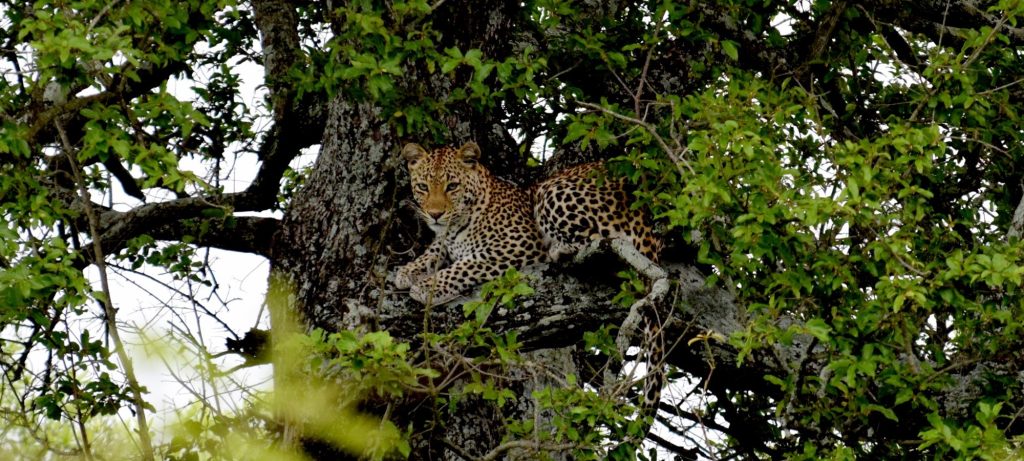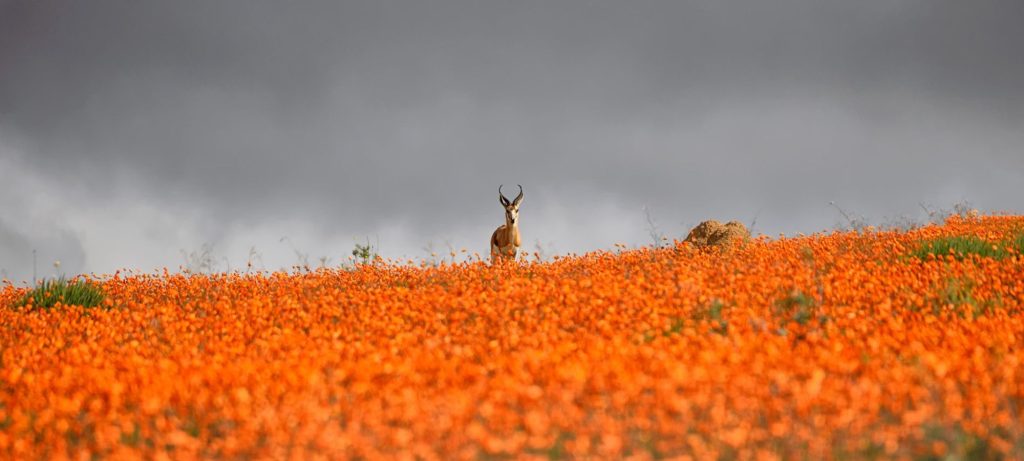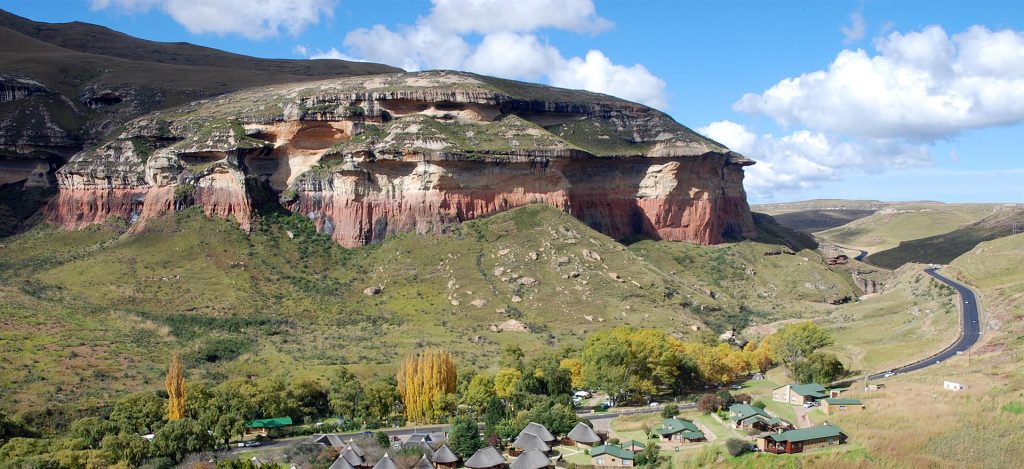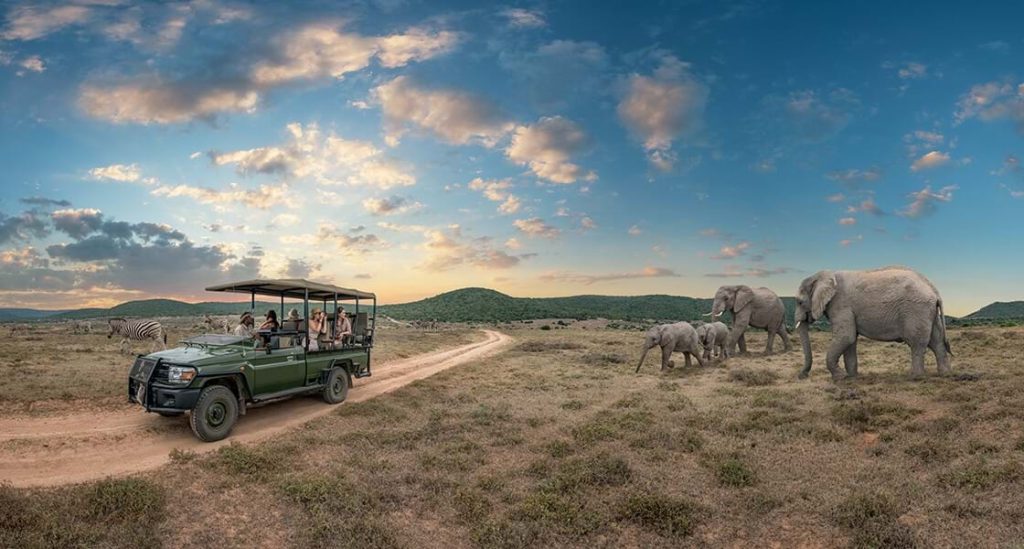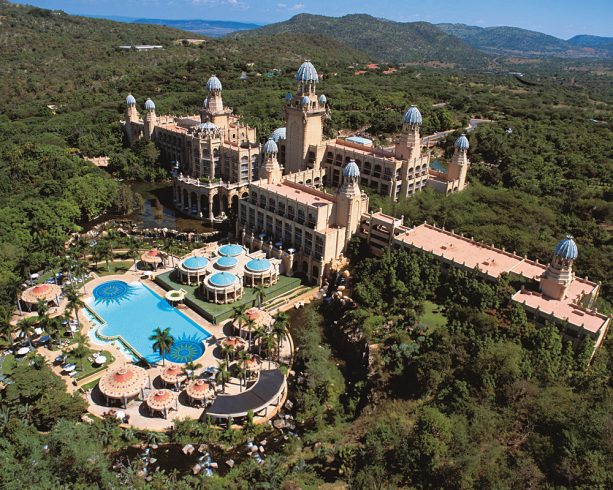South Africa Top Destinations
uKhahlamba-Drakensberg National Park
The uKhahlamba-Drakensberg Park is situated in the KwaZulu-Natal province of South Africa. This park encompasses the Royal Natal National Park, a provincial park, and encompasses a portion of the Drakensberg, which is the highest mountain range in Southern Africa. Together with the Sehlabathebe National Park in the Kingdom of Lesotho, the uKhahlamba-Drakensberg Park forms part of the Maloti-Drakensberg Park. This park was officially recognized as a World Heritage Site on 30 November 2000. The majority of the South African sections of the Drakensberg mountain range have been designated as game reserves or wilderness areas. Additionally, the uKhahlamba-Drakensberg Park is listed as one of the Wetlands of International Importance. Adjacent to the park is the Cathkin Estates Conservation and Wildlife Sanctuary, which covers an area of 10 km2 and is the largest privately owned game park in the KwaZulu-Natal Drakensberg region.
By Road:
By car from either Johannesburg or Durban (roughly three hours’ drive) on the N3 that connects the two cities, before heading along a network of minor roads into the mountains.This remarkable natural location boasts numerous caves and rock-shelters that house the largest and most concentrated collection of paintings in Africa south of the Sahara. These paintings were created by the San people over a span of 4,000 years. The rock paintings are exceptional in terms of their quality, diversity of subject, and portrayal of animals and humans. Within the Ukhahlamba-Drakensberg Park, there are approximately 600 sites, collectively showcasing over 35,000 individual images. The oldest painting found on a rock shelter wall in the park dates back around 2,400 years, while more recent creations can be traced back to the late nineteenth century. The ecological integrity of the area remains unspoiled since the departure of the last San people, with the climate, vegetation, and fauna remaining unchanged. What sets this place apart is the unique opportunity to admire rock paintings of eland, rhebok, and other animals, while also gazing upon pristine valleys and witnessing these very species in their natural habitat, feeding, resting, or moving about.
The weather remains mild during the day throughout the year, but in the mountains, the temperature can significantly decrease at night. From May to September, heavy snowfall is possible during the winter season. It is important to constantly monitor the weather conditions in the mountains as thunderstorms or dense fog can occur suddenly. When visiting the park, it is advisable to always carry warm clothing. There are several options available for overnight stays, including campsites, mountain huts, chalets, and even caves.

